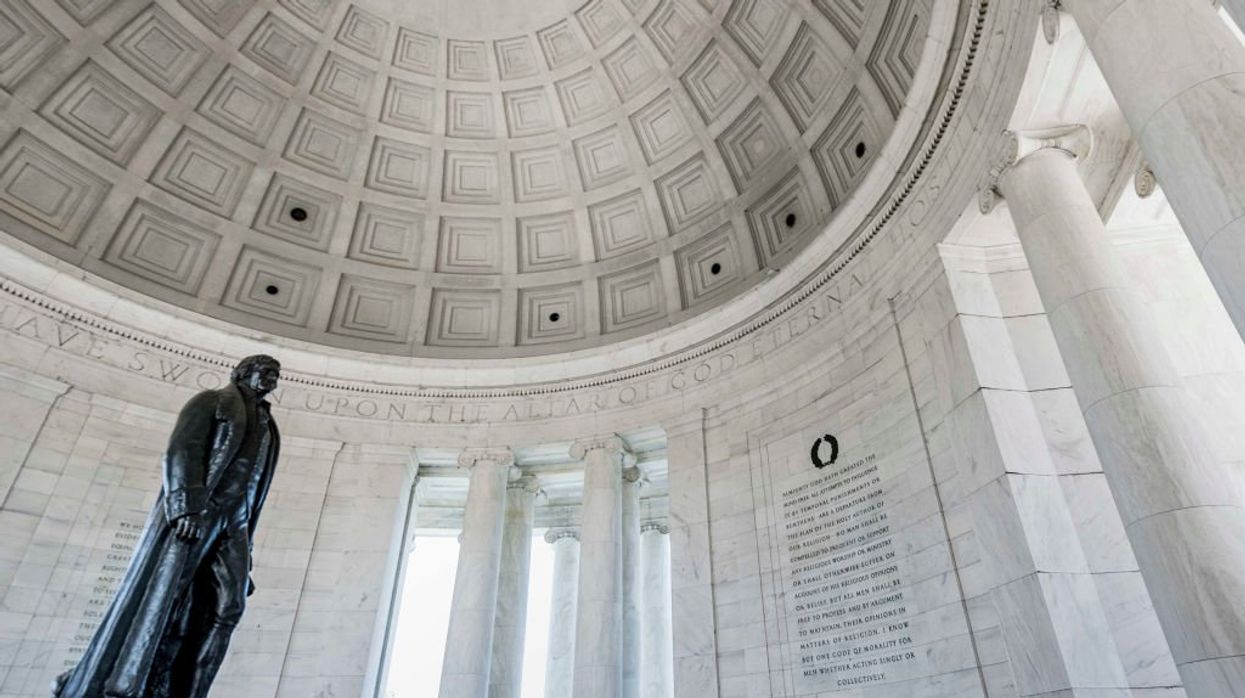No other country in the world has welcomed more immigrants than the United States. Immigrants created the great "melting pot" that is America. However, the notion of "melting" or assimilating into American society is no longer taught, adding to the problems of an overburdened and broken immigration system. Presidential candidates on both sides claim to have the answer. But to actually find a solution, we have to understand how we got here and what's been tried in the past. This four-part series covers the remarkable history of immigration in America and why the modern system desperately needs of reform.
Immigration in America Part I: The Beginning
There is a common refrain in the debate about immigration: We are a nation of immigrants. While that is true, there is a word nearly always left out of that refrain: legal. We have always been a nation of laws and a nation of legal immigrants.
The Pilgrims were the first immigrants able to create a permanent home here. Starting around 1620, tens of thousands of British, German and Dutch, but mostly British Puritans, came to North America to escape religious persecution, find opportunities or simply experience an adventure. Then there were the forced immigrants. Hundreds of thousands of Africans who were mercilessly captured in their own lands and put on ships bound for America to be sold into slavery.
As the United States Constitution took hold, American freedom provided the opportunity for American citizens to rise above their station in life. Word began to spread around the globe. The downtrodden throughout Europe and Asia looked to America for hope and opportunity, a situation that caused both enormous potential and inherent problems. Thomas Jefferson expressed concerns about the "great importations of foreigners" saying, "In proportion to their number, they will share with us the legislation. They will infuse into it their spirit, warp and bias its direction, and render it a heterogeneous, incoherent, distracted mess."
Fortunately, the first wave of immigrants desperately wanted to leave behind the biases of European governments and enjoy the fruits of what our Founders had created.
By the 1850s, as America's population topped 20 million and the immigrants kept coming, especially the Irish, escaping from the potato famine. In the late 1800s, massive steamships provided much faster cross Atlantic transportation for those who wanted a taste of the American dream. As mills and factories sprung across the land, cities grew up around them. In turn, these cities beckoned to workers by the millions from the American countryside and from overseas, to fuel the burgeoning industrialization. Between 1860 and 1910, the urban population grew from 6 million to over 44 million.
Ellis Island in New York was set up to process the mass of humanity arriving on our shores from the Atlantic, and the Angel Island in San Francisco to deal with those coming across the Pacific. It was a wave of immigrants that believed in the promise of America and had loved and longed for from afar --- and they thanked God when they arrived. For those immigrants, assimilation wasn't just a good idea, it was the only idea.
It was certainly not easy for these newcomers. With so many arriving from so many diverse locations around the world, taking jobs, housing and space in this land, and, yes, some resentment did arise. But no nation on earth has ever experienced, let alone survived so great an influx of humanity in such a short period of time, but the United States of America didn't just survive it. It would thrive.
Listen to the Full Series on Immigration

 John Greim / Contributor | Getty Images
John Greim / Contributor | Getty Images
 Kean Collection / Staff | Getty Images
Kean Collection / Staff | Getty Images